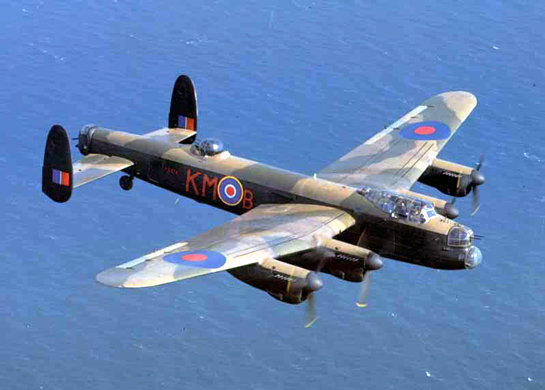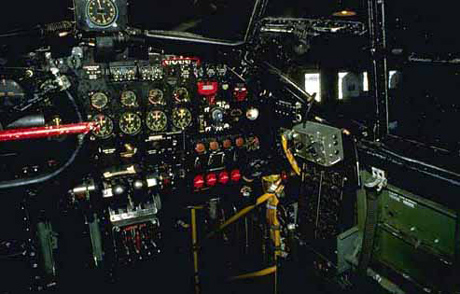My bold.
It was done at least once as an emergency expedient, by the RAAF during the final days in the defence of Singapore in WWII.
However, when the troops were reconciled to it*, considerable effort was put into preparing the ground defences; machine guns were taken from crashed aircraft and mounted on tripods made out of parts of crashed Blenheim air frames …
http://www.warbirdforum.com/secret3.htm para 42
- ‘It’ being staying and fighting to the bitter end at Singapore





